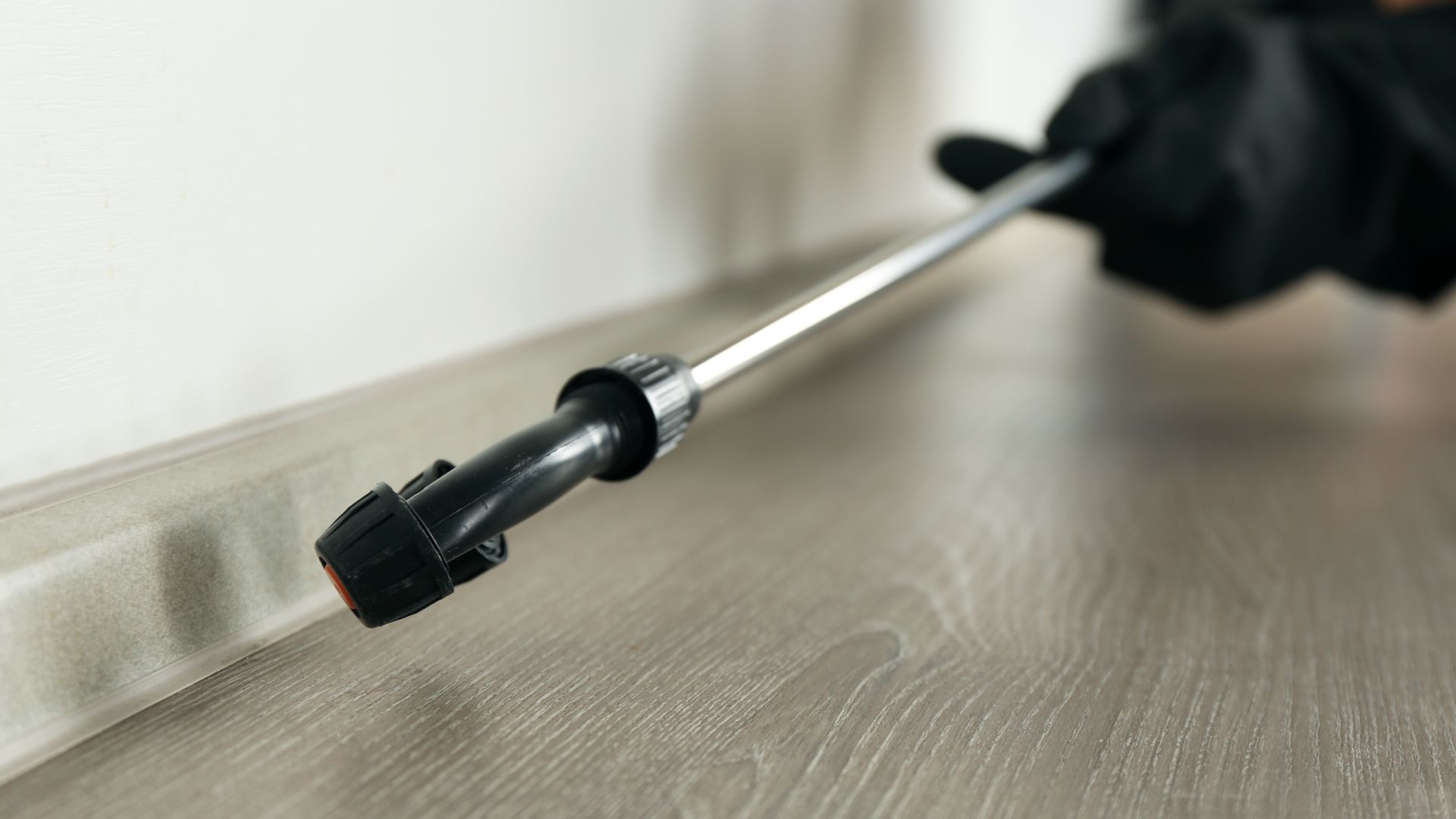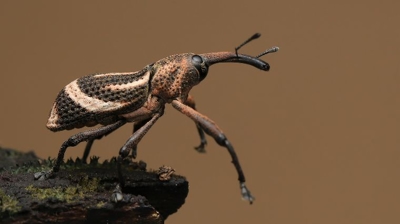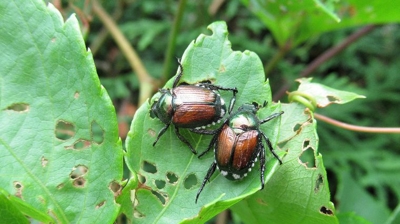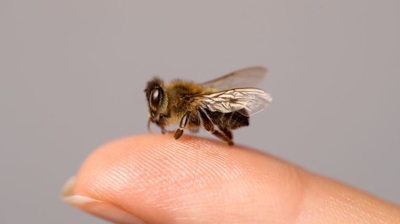
Camel Spiders
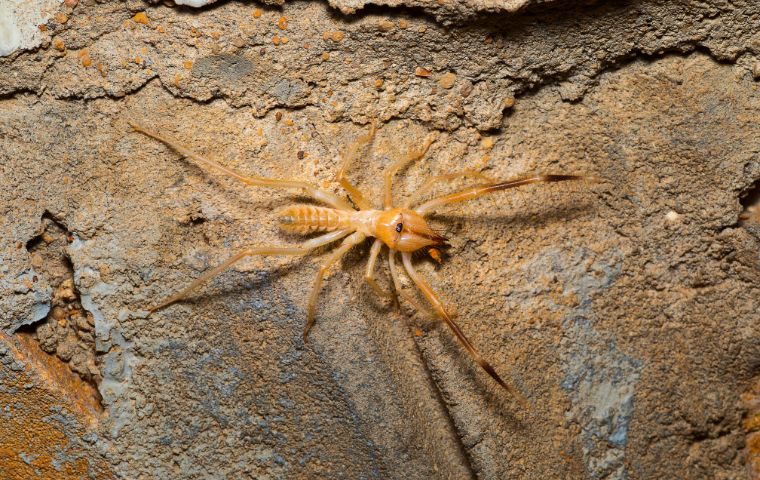
What Are Camel Spiders?
Camel spiders, also known as solifuges or wind scorpions, are not actually true spiders or scorpions. They belong to the order Solifugae, a separate group of arachnids characterized by their unique appearance and behavior. These arachnids are found primarily in arid regions of Africa, Asia, the MiddleEast, and parts of the Americas.
Camel spiders have a distinctive appearance, with a large, flattened body divided into two main parts: the prosoma (front part) and the opisthosoma (rear part). They can grow up to several inches in length, including their leg span, making them appear quite intimidating. Camel spiders are known for their long, powerful, and segmented chelicerae, which they use to capture and crush their prey. Despite their formidable appearance, they are not venomous to humans.
These arachnids are primarily nocturnal hunters, preying on insects, small rodents, and other arthropods. Camel spiders are known for their incredible speed, often darting across the desert sands in search of food. They have adapted to desert environments and possess specialized structures for conserving water.
One common myth about camel spiders is that they are capable of running at incredibly high speeds, even faster than a human. While they are indeed fast runners, they do not possess superhuman speed, and such exaggerated claims are not accurate.
In popular culture, camel spiders have gained a reputation for being dangerous and aggressive, fueled by urban legends and viral photos. However, they are generally harmless to humans, and their intimidating appearance is largely a result of natural adaptations for survival in harsh desert environments.
Are Camel Spiders Harmful?
Camel spiders can be considered harmful, though they are often misunderstood and their actual threat to humans is minimal. Here are some ways they could potentially be harmful:
- Bites and Venom: Camel spiders are capable of biting when threatened, and their bites can be painful. However, their venom is not considered dangerous to humans, and they are not known to carry any major diseases. The bite can lead to localized swelling, redness, and irritation, but it's not typically life-threatening. In rare cases, if the bite gets infected, it could cause more significant issues, but this is uncommon and often avoidable with proper wound care.
- Psychological Harm (Fear and Anxiety): Though not physically harmful, camel spiders often provoke fear in people due to their appearance, size, and quick movement. This fear can be a source of psychological distress, especially for people in regions where they are commonly encountered. The fear of encountering a camel spider can cause anxiety, and in some cases, it may even deter people from engaging in outdoor activities or moving freely in certain areas.
While camel spiders do not pose a significant threat to human health, their bites can be painful, and they can cause psychological distress due to their appearance and reputation. Their role in ecosystems is more focused on controlling insect populations, making them beneficial in certain contexts, but they are generally not harmful in terms of spreading diseases or causing major physical harm.
Learn more: Are Camel Spiders Poisonous?
Camel Spider Appearance
Camel spiders, also known as solifuges or wind scorpions, have a distinctive and somewhat intimidating appearance. Here is a detailed description of what they look like:
- Size: Camel spiders vary in size, but they can grow up to several inches in length, including their leg span. Some species are smaller, while others can reach lengths of 4 to 6 inches or more.
- Body Segmentation: Their body is divided into two main parts:
- Prosoma: The front part of the body, often referred to as the cephalothorax, is relatively large and flattened. It houses their mouthparts, including the chelicerae (jaws) and pedipalps (sensory appendages).
- Opisthosoma: The rear part of the body, also called the abdomen, is smaller and less pronounced compared to true spiders. It contains their reproductive and digestive organs.
- Coloration: Camel spiders can vary in color, but they are typically brown or tan, which helps them blend in with their desert surroundings.
- Chelicerae: One of the most distinctive features of camel spiders is their large, powerful, and segmented chelicerae. These appendages are used for capturing and crushing their prey.
- Legs: They have eight long and spindly legs, which give them a spider-like appearance. These legs are covered in fine bristles and are used for running and capturing prey.
- Eyes: Camel spiders have multiple simple eyes arranged on the sides of their prosoma. While they have several eyes, their vision is not particularly acute, and they rely more on their sense of touch and vibration detection to locate prey.
- Pedipalps: Located near their chelicerae, pedipalps are sensory appendages that help them locate and handle prey. They also play a role in mating.
- Abdominal Appendages: Some species have a pair of long, thin appendages at the rear of their abdomen, which resemble tails. These are not true tails but are used for various sensory functions.
While camel spiders may appear intimidating due to their size and unique features, they are not venomous to humans and are generally harmless. Their reputation for being aggressive and dangerous is largely a result of misconceptions and urban legends.
Camel Spider Habitats
Camel spiders, also known as solifuges or wind scorpions, are primarily found in arid and desert regions around the world. Here are some specific regions where you might encounter camel spiders:
- Deserts: Camel spiders are most commonly associated with desert environments. You can find them in the deserts of Africa, Asia, the Middle East, and the Americas. For example, they are often found in the Sahara Desert, Arabian Desert, and Sonoran Desert.
- Arid Regions: While they are most abundant in deserts, camel spiders can also inhabit other arid regions, such as semi-arid grasslands and scrublands. They are adapted to areas with limited water availability.
- Under Rocks and Burrows: During the day, camel spiders tend to hide in burrows or under rocks and debris to escape the scorching heat of desert environments. They are nocturnal hunters and become more active at night.
- Military Bases: In some cases, camel spiders have been found near military installations in desert regions. This is because they are attracted to artificial light sources, and military bases often have bright lights that can draw them in.
- Urban Areas: Although less common, camel spiders have been reported in urban areas near desert regions, particularly in regions where development encroaches upon their natural habitats.
While camel spiders have a fearsome reputation in popular culture, they are not typically encountered by people unless actively sought out or encountered accidentally. They are generally shy and prefer to avoid human contact. If you do encounter a camel spider, it's best to observe it from a safe distance, as they are not venomous to humans but may bite if they feel threatened.
Camel Spider Diet
Camel spiders are carnivorous arachnids, and their diet primarily consists of a variety of small prey found in their desert habitats. They are opportunistic hunters and will consume a range of insects, arachnids, and other small animals. Here's a list of common prey items that camel spiders may feed on:
- Insects: Camel spiders often prey on a wide array of insects, including beetles, ants, termites, grasshoppers, and more. They are agile hunters and can quickly capture and consume these smaller insects.
- Arachnids: They may feed on other arachnids like scorpions, spiders, and even smaller solifuges. In some cases, camel spiders may engage in cannibalism and eat members of their own species.
- Small Vertebrates: Although less common, larger species of camel spiders have been known to capture and consume small vertebrates like lizards, small rodents, and fledgling birds. They use their powerful chelicerae to crush the bones of their prey.
- Scavenging: In addition to active hunting, camel spiders are also scavengers. They may feed on carrion (dead animals) when the opportunity arises, helping to clean up the desert environment.
- Termites and Ants: Camel spiders are known to be particularly fond of termites and ants, which are abundant in many desert ecosystems. They use their keen senses to locate and capture these social insects.
- Other Arthropods: They may consume various other arthropods, such as centipedes and millipedes, which share their habitat.
Camel spiders are known for their speed and agility, which they use to chase down and capture prey. They are nocturnal hunters, which means they are most active during the night when many of their prey are also active. Despite their fearsome appearance, camel spiders are generally not a threat to humans, as they do not have venomous bites and are more interested in hunting their natural prey.
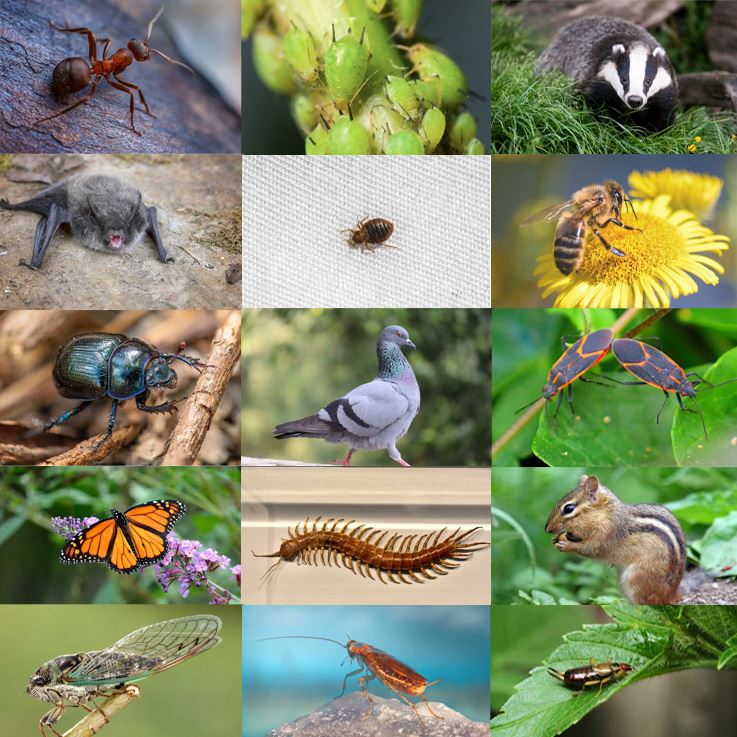
Camel Spider Life Cycle
The life cycle of camel spiders, also known as solifuges or wind scorpions, is relatively simple and consists of several stages, including egg, nymph, and adult. Here is an overview of their life cycle:
- Egg Stage: The life cycle begins when a female camel spider lays her eggs. These eggs are usually deposited in burrows or hidden in protected areas to keep them safe from predators and extreme desert conditions. The number of eggs laid can vary among species but can range from a few to several dozen.
- Nymph Stage: Once the eggs hatch, the young camel spiders, known as nymphs, emerge. Nymphs resemble miniature versions of adult camel spiders but are smaller in size and lack fully developed reproductive organs. They go through several molting stages as they grow and mature.
- Growth and Development: During the nymph stage, camel spiders undergo a series of molts, shedding their exoskeleton to accommodate their increasing size. These molts allow them to grow and develop into larger nymphs.
- Maturation: As the nymphs continue to grow and molt, they eventually reach maturity. The time it takes to reach maturity can vary depending on environmental factors such as temperature and the availability of food. It can take several months to a few years for camel spiders to become adults.
- Reproduction: Once they reach adulthood, camel spiders are capable of reproducing. Mating typically occurs during the warm months, often in the spring or early summer, when conditions are more favorable. After mating, females may lay eggs, continuing the life cycle.
- Lifespan: The lifespan of camel spiders can vary depending on species and environmental conditions. In general, they are relatively short-lived compared to some other arachnid species. Their lifespan as adults typically ranges from several months to a year.
- No Pupal or Metamorphosis Stage: Unlike some insects, camel spiders do not have a pupal or metamorphosis stage in their life cycle. Instead, they undergo gradual development from nymph to adult.
The specific details of the life cycle, including the duration of each stage, can vary among different species of camel spiders. Additionally, their life cycle is adapted to desert environments, where they face challenges such as extreme temperatures and limited water resources, which influence their reproductive and developmental patterns.

Hear From Our Happy Customers
-
"Very Knowledgeable"
The tech that arrived was courteous, professional, and very knowledgeable. He was Great.
- Uerial I. -
"Great Communication"
Tech was on time, communication was great, and he accommodated my needs.
- Alonzo W. -
"Wonderful Service"
Wonderful service. Jarvis is great. Took care of everything I needed. Thank you!
- Henry P. -
"Professional & Considerate"
I’m pleased with Miche services. Jarvis came today. Professional and considerate. Thank you!
- Judy B. -
"Exceeds Expectations"
I can’t say enough positive things about this company... The tech that came out, Jarvis went above and beyond my expectations. Thank you guys, I will continue using your services.
- Jake M. -
"Fantastic & Patient"
Jarvis was fantastic and patient. He answered my questions with an in-depth explanation and addressed all of my areas of concern. Would love for him to be my assigned tech going forward. Well done!
- Yonnette M.
